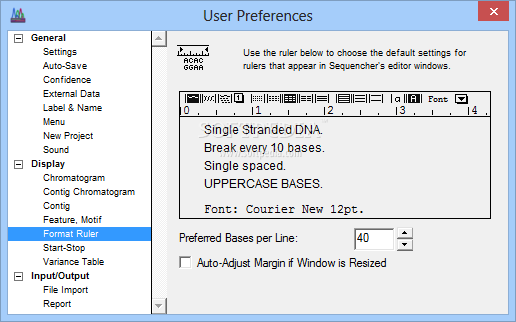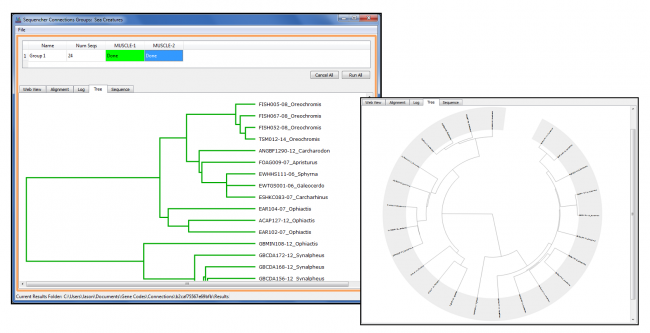

More remarkably, microbes are often observed in the interior tissues (mesohyl) of sponges by microscopy.

Not surprisingly, in marine sponges, the choanocytes, which filter seawater, tend to accumulate diverse microbial assemblages. In contrast, the gutless marine oligochaete genus Olavius hosts multiple bacterial symbionts ( 5, 11). Sometimes these symbiotic associations are highly specialized, like the association between the squid Euprymna scolopes and a single species of light-producing bacterium ( Vibrio fischeri), where the host utilizes strain-specific mechanisms to acquire a single symbiont species from the surrounding environment and the symbiont induces developmental changes in the host ( 25, 29). Many marine invertebrates engage in long-term, specific associations with microorganisms. This study confirms the vertical transmission of multiple, phylogenetically diverse microorganisms in a marine sponge, and our findings lay the foundation for future work on exploring vertical transmission of specific, yet diverse, microbial assemblages in marine sponges. Specific probes were used in fluorescence in situ hybridization to localize cells of the three types in the embryos and mesohyl. Three selected bacterial taxa, representing proteobacteria, actinobacteria, and a clade including recently described sponge-associated bacteria, were tested and found to be present in all adult samples tested over a 3-year period and in the embryos throughout development. The major taxonomic groups represented in bacterial 16S rRNA sequences amplified from the embryos are similar to those previously described in a variety of marine sponges. Here we report that a diverse group of microbes, including both bacteria and archaea, is consistently present in aggregates within embryos of the tropical sponge Corticium sp. Sponges are host to extremely diverse bacterial communities, some of which appear to be spatiotemporally stable, though how these consistent associations are assembled and maintained from one sponge generation to the next is not well understood.


 0 kommentar(er)
0 kommentar(er)
